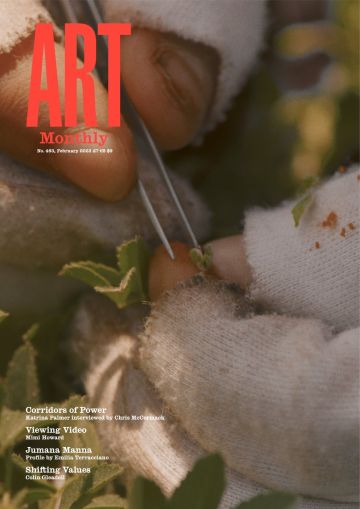Art Monthly 463
February 2023
Katrina Palmer
Interviewed by Chris McCormack
Viewing Video
Mimi Howard
Jumana Manna
Profile By Emilia Terracciano
Shifting Values
Colin Gleadell
Buy Now – select:
Want to read this right now?
Get instant access to the entire back catalogue via Exact Editions from only £8.99!
Contents
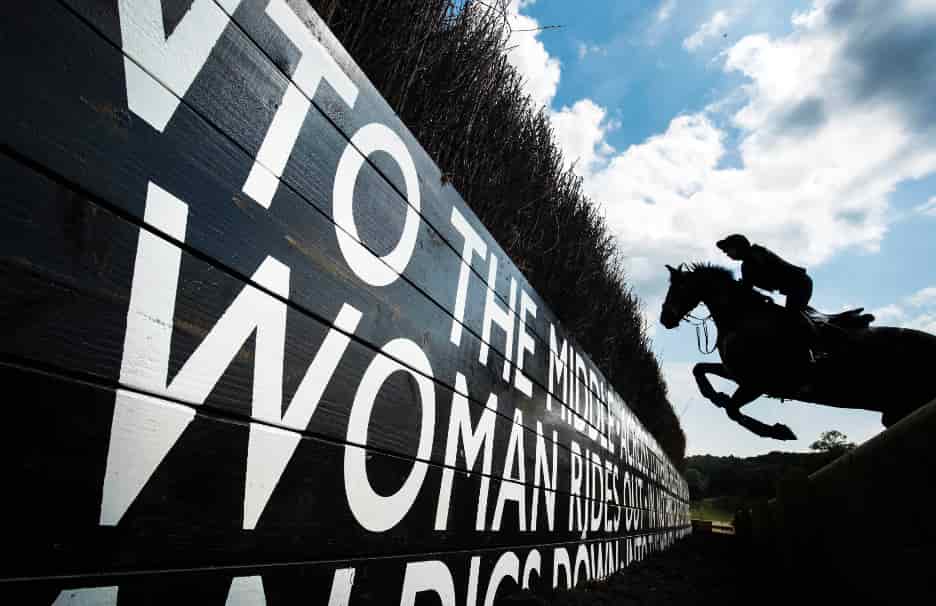
Katrina Palmer, The Coffin Jump, 2018
Interview
Corridors of Power
Katrina Palmer interviewed by Chris McCormack
Certain pressures are placed on artists and practices that encourage works to be justified in certain ways, or to be articulated through Research Excellence Frameworks, so that you are constantly having to quantify what you are doing in terms of ‘output’ and ‘impact’. So it felt good to do something that seemed so counter to that, sort of dumb.
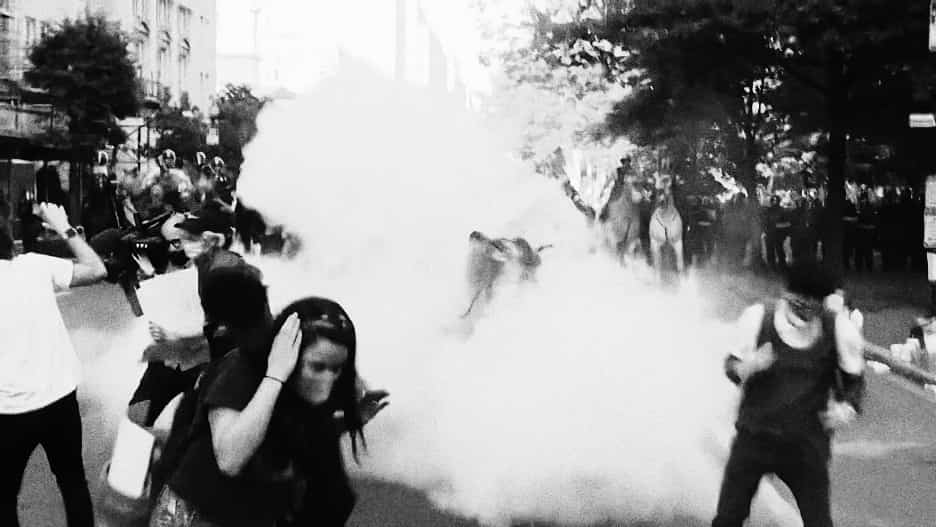
Alfredo Jaar, 06.01.2020 18.39, 2022
Feature
On Viewing Video
Mimi Howard questions how the medium of video is exhibited in an age of inattention and an unprecedented level of agency
It seems that we remain in an experimentation phase in which the most appropriate way to show collected video work is yet to be discovered. The techniques we have come to encounter in these settings – dangling headsets, handheld personal remotes, specific screening times, bean bags – have become familiar if fumbling fixtures of art viewing.
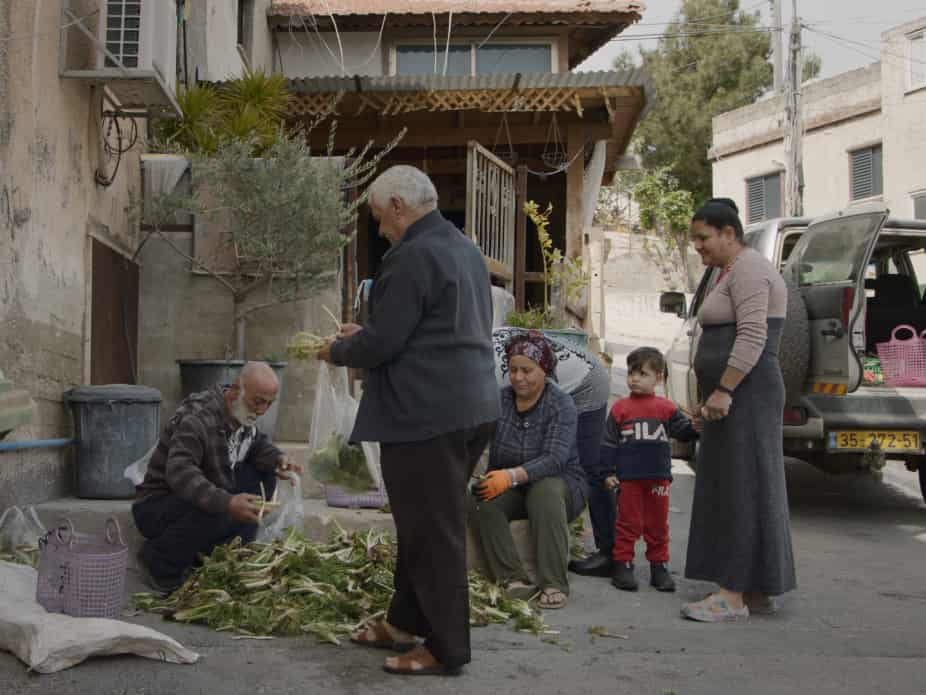
Jumana Manna, Foragers, 2022
Profile
Jumana Manna
Emilia Terracciano
In a sequence we see Jumana Manna’s parents return home from a foraging outing and then display their ‘illegal’ harvest on the kitchen table.
Editorial
North and South
The government’s rhetoric around its ‘levelling up’ agenda promised to empower regional towns and cities, but the ham-fisted implementations, the cynical siphoning of funds towards Tory constituencies and the lack of consultation encourages division rather than a spirit of collective national endeavour.
Symptomatic of this was the suggestion, made by ACE, under pressure from the government’s levelling-up agenda, to relocate the presently London-based English National Opera to Manchester. The first that Greater Manchester mayor, Andy Burnham, heard of such a proposal was when he read about it in the news.
Artnotes
Unboxed Unpacked
Half the Brexit festival’s audience comes from a single episode of Countryfile; the House of Lords slams the government’s ‘incoherent’ arts policies; the scope of the proposed Online Safety Bill is increased to bar postive videos of people crossing the channel; the V&A begins recontextualising some of its contentious colonial-era artworks; a judge rules that Peter Doig did not paint a painting by Pete Doige; plus the latest on galleries, people, prizes and more.
Obituaries
Brian O’Doherty 1928–2022
Mark Prince
Ashley Bickerton 1959–2022
Liam Gillick
Milly Thompson 1964–2022
David Burrows
Michael Snow 1928–2023
Chris Townsend
Gianfranco Baruchello 1924–2023
Martin Holman
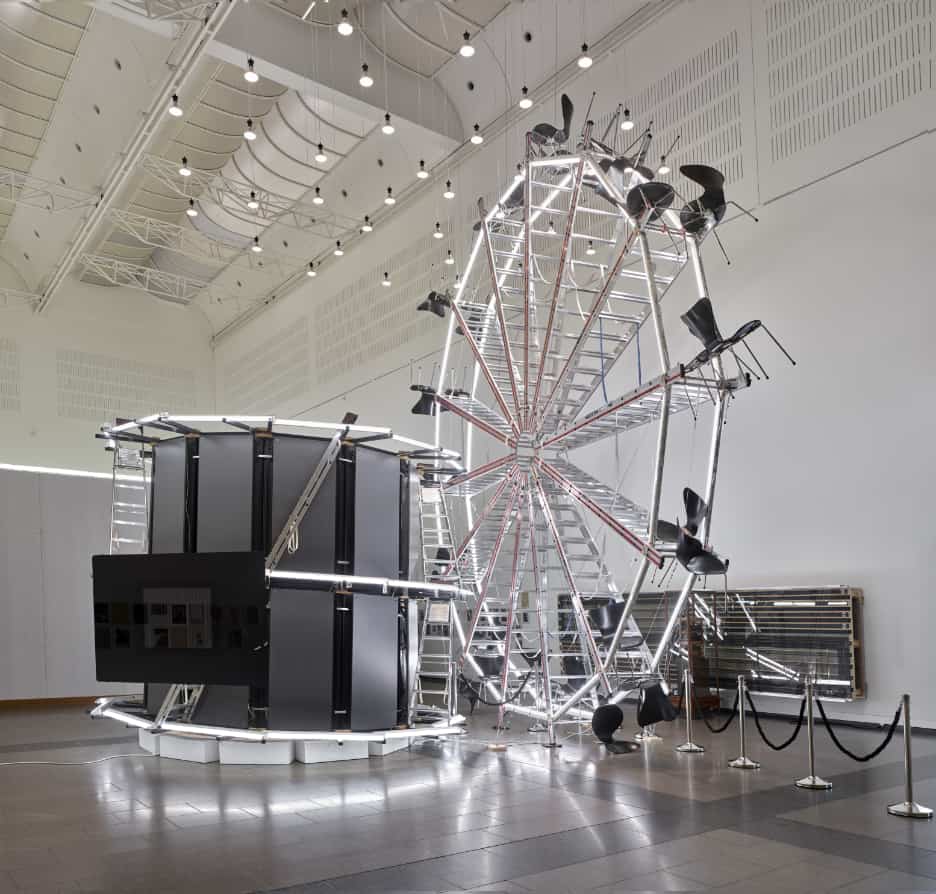
Reinhard Mucha, The Figure-Ground Problem in Baroque Architecture (for you alone only the grave remains), [2022], 1985
Exhibitions
Class Issues: Art Production In and Out of Precarity
Berlinische Galerie, Berlin
Martin Herbert
Boris Mikhaïlov: Ukrainian Diary
MEP, Paris
Virginia Whiles
Grace Schwindt: Defiant Bodies
Kunstmuseum, St Gallen
Adam Hines-Green
Vanessa Billy, Emma McNally: Time Spirals
Large Glass, London
Matthew Bowman
Hayley Tompkins: Far
Fruitmarket, Edinburgh
Daniel Sturgis
Mairéad McClean: HERE
Belfast Exposed, Belfast
Cherry Smyth
Reinhard Mucha: Der Mucha – An Initial Suspicion
Kunstsammlung Nordrhein-Westfalen, Dusseldorf
Caoimhín Mac Giolla Léith
Reversing the Eye: Arte Povera and Beyond 1960–75
Jeu de Paume and Le Bal, Paris
Martin Holman
Cinzia Ruggeri: Cinzia says ...
CCA Goldsmiths, London
Luisa Lorenza Corna
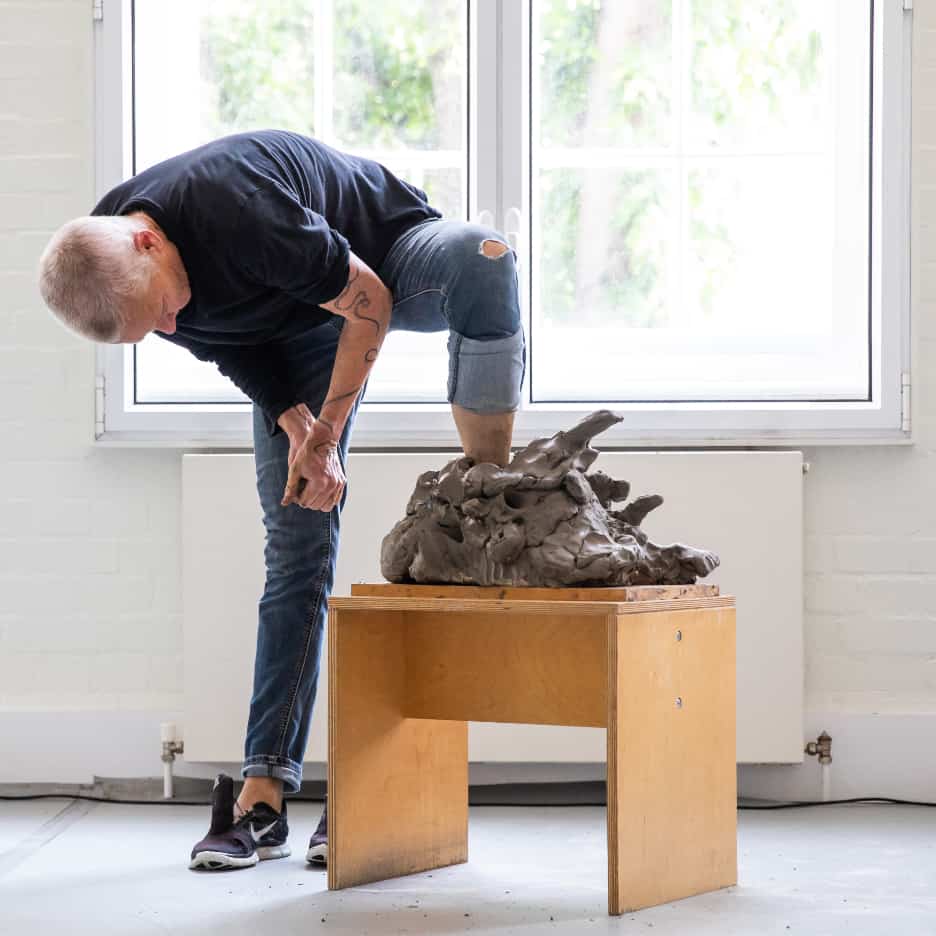
Emilyn Claid, emilyn claid, Untitled, 2022
Performance
Emilyn Claid: emilyn claid, Untitled
Tom Hastings
This evening marks Emilyn Claid’s return to performing after a 20-year hiatus; she was part of a radical dance scene before retraining as a psychotherapist and academic. This solo performance riffs on the lecture demonstration while outperforming that format’s macho tendencies.
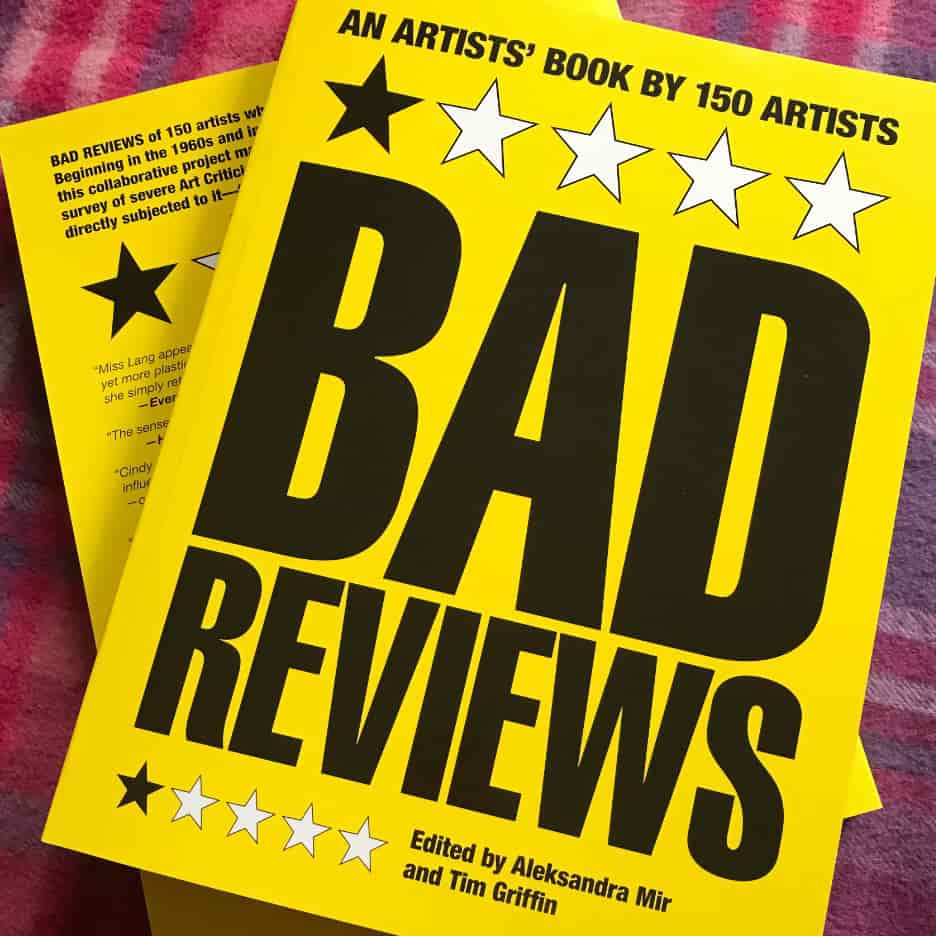
BAD Reviews
Artists’ Books
BAD Reviews – An Artists’ Book by 150 Artists
Peter Suchin
Why do artists aggrandise their occupation with a capital ‘A’ and hold to the sullied view that they are, collectively, a special breed? What this book shows is that this self-glorification is muddled and daft.
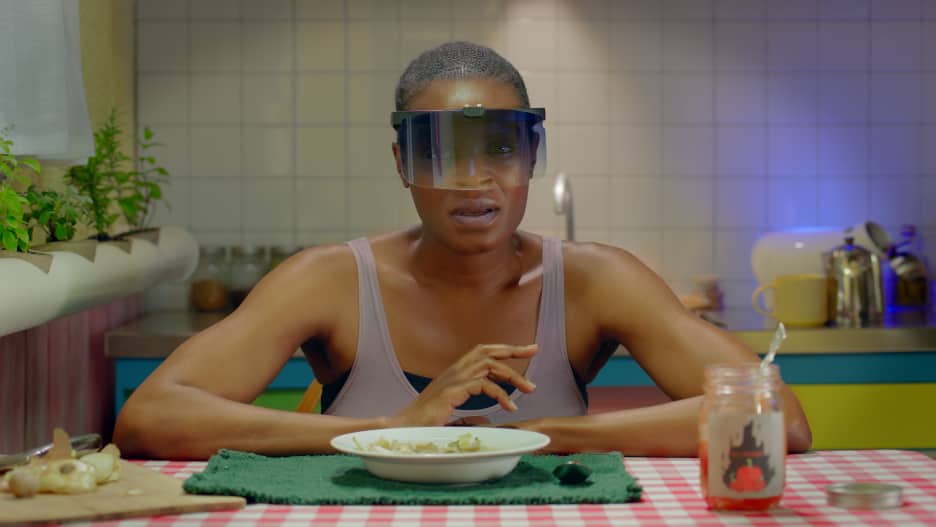
Mika Rottenberg and Mahyad Tousi, Remote, 2022
Film
Mika Rottenberg and Mahyad Tousi: Remote
Rachel Pronger
The discovery of portals, which invite the insertion of a long finger into the unknown, gleefully teeters on the border between ecstasy and ick.
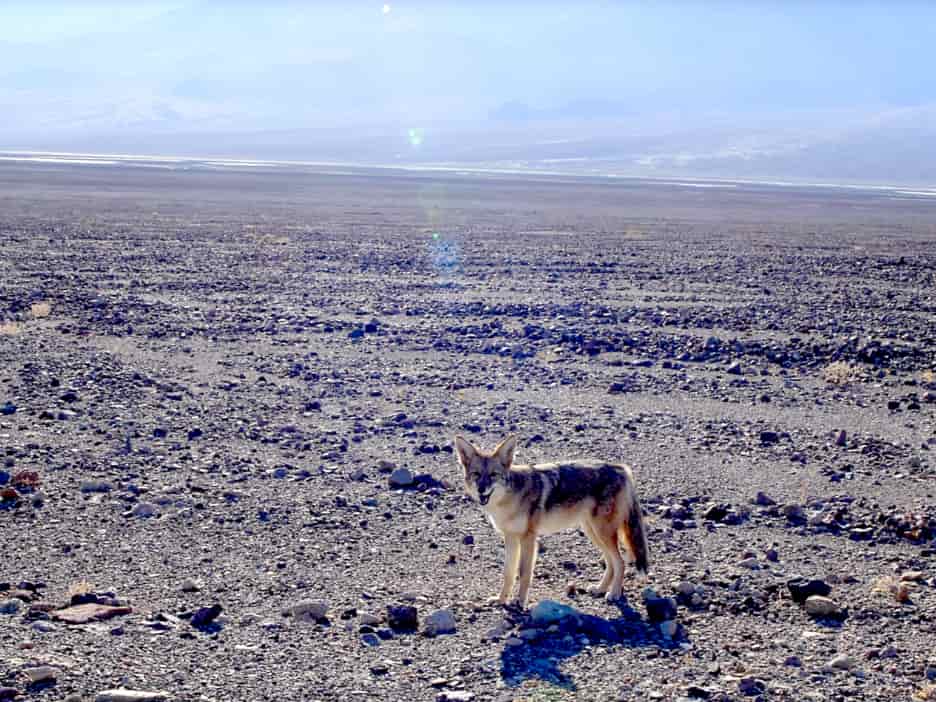
Katherine Waugh and Fergus Daily, I See A Darkness, 2022
Film
Katherine Waugh and Fergus Daily: I See A Darkness
Michaële Cutaya
In the prologue, there is a coyote wandering through the desert we don’t know yet to be Death Valley. It is followed by shots of animals’ eyes, a sheep’s, a horse’s, a dog’s, positing another seeing subject.
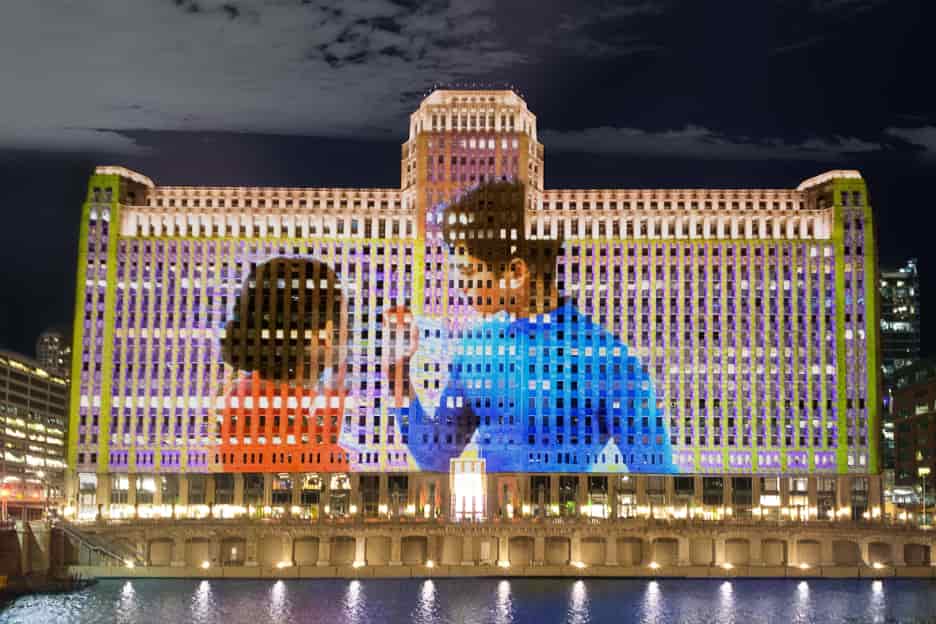
Yuge Zhou, Love Letters, 2022
Reports
Letter from Chicago
John Parton
A longing for an old home and the joy of a new one come together in Yuge Zhou’s Love Letters, a video projection spread across the enormous 2.5-acre facade of the Mart building on the downtown banks of the Chicago River.
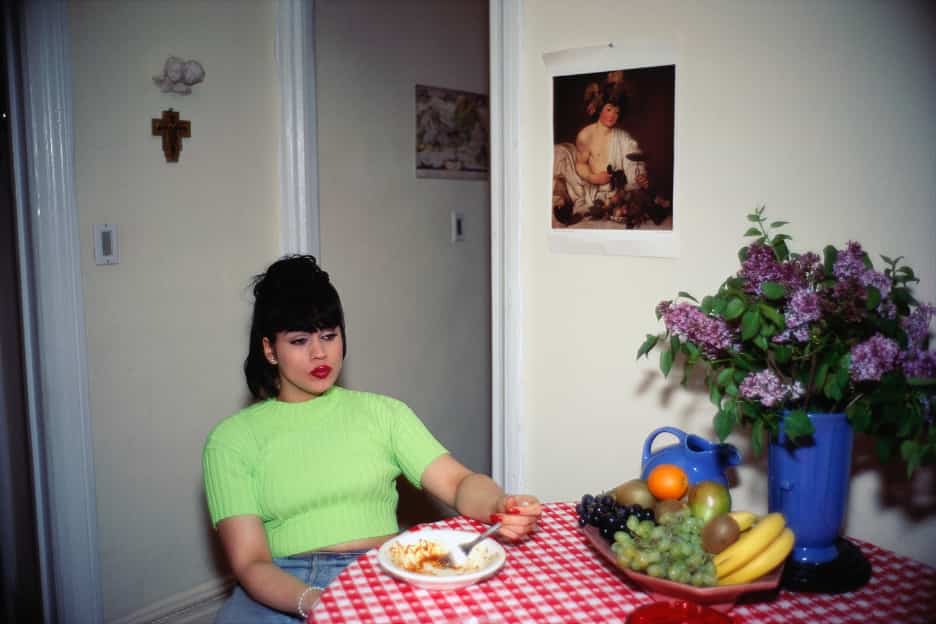
Nan Goldin, Gina at Bruce’s dinner party, NYC, 1991
Reports
Letter from Stockholm
Matthew Cheale
Despite a serious legacy of showing contemporary art, one that is demonstrated by its history of public institutions and curators, Stockholm still lacks well-established commercial galleries.
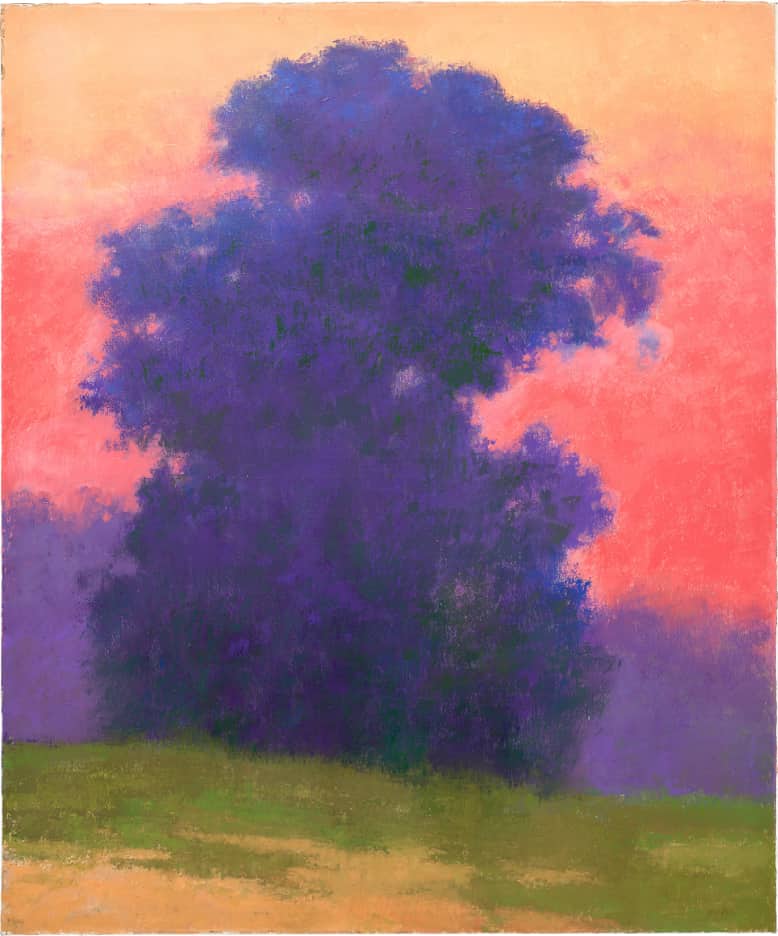
Richard Mayhew, Guardian, 1999, estimated at $50,000–70,000, sold for $252,000
Salerooms
Shifting Values
Colin Gleadell
The British market is facing a stern test. In January it was announced that London’s swanky Masterpiece Fair will not happen this summer because there are not enough overseas exhibitors. This has widely been interpreted as a result of Brexit red tape and will do London’s status as an international art market centre no good. Not that the government gives a fig for art, but the market does attract a huge amount of overseas wealth to the UK.
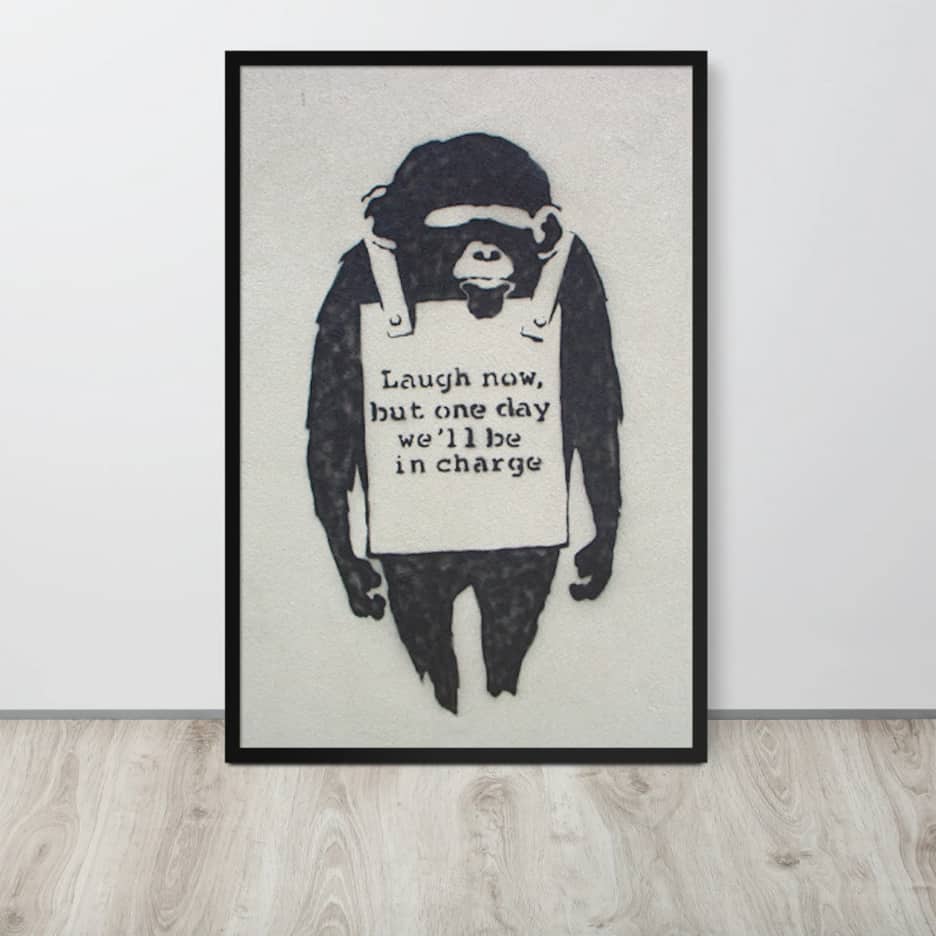
Banksy’s Laugh Now merchandised on Etsy
Artlaw
Trademark or Copyright?
Henry Lydiate
As to Banksy’s public statements that ‘copyright is for losers’, the EU Intellectual Property Office’s Board of Appeal said that anyone was free to express views and opinions publicly, as is guaranteed by the Universal Declaration of Human Rights 1948, and ruled that the statement had ‘no bearing at all for the case at hand’.

